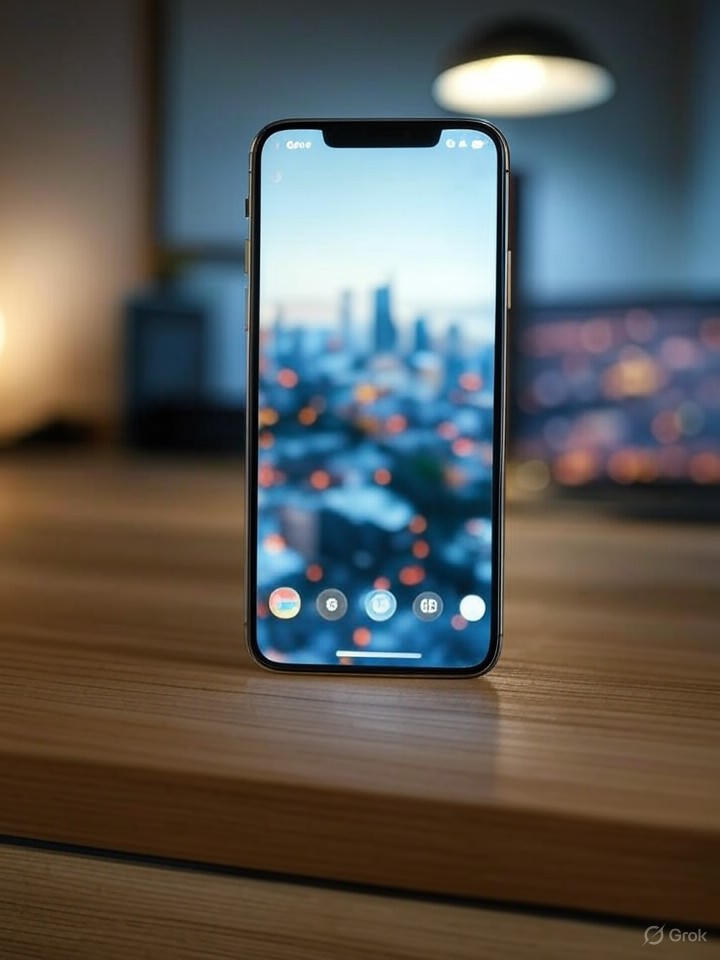Apple’s iOS 26 will automatically blur iPhone wallpapers whenever the device slips into Always-On Display. The company says the soft-focus treatment prolongs battery life and reduces visual distractions—though not everyone is pleased with the trade-off.
Apple’s iOS 26 Blurs iPhone Wallpapers in AOD for Battery Efficiency

Key Takeaways:
- iOS 26 blurs wallpapers in Always-On Display.
- Apple aims to “boost battery life and minimize distractions.”
- Some users welcome the cleaner aesthetic.
- Others say the blur undercuts personalization and vibrancy.
- The change underscores Apple’s efficiency-first design philosophy.
A Quiet Shift on the Lock Screen
In the next version of iOS, the moment an iPhone screen dims into Always-On Display (AOD), the wallpaper behind the clock and widgets will slip quietly out of focus. The feature, baked into iOS 26, is Apple’s latest attempt to stretch battery life while streamlining what users see at a glance.
Why Apple Is Blurring Your Wallpapers
Apple describes the tweak as a two-pronged fix meant “to boost battery life and minimize distractions.” A softer, less saturated background demands fewer display resources, the company argues, and the absence of fine detail keeps the eye on essential information.
Mixed Reviews From the iPhone Crowd
Reaction was immediate. Some early testers praise the blur for delivering a “cleaner aesthetic” that makes notifications pop. Yet plenty of users “seek toggles or fixes,” complaining that the effect mutes carefully chosen photos and strips away a layer of personal expression.
A Window Into Apple’s Design Playbook
The move aligns with what observers see as an ongoing shift toward adaptive, efficiency-driven interfaces. By prioritizing endurance and clarity over visual flourish, Apple signals that every pixel on the iPhone’s screen now has to earn its power budget.
The Debate Ahead
As iOS 26 inches toward general release, the conversation is unlikely to fade. For fans of minimalist design, the blur feels like a win; for wallpaper enthusiasts, it’s a reminder that personalization sometimes bows to pragmatism. Whether Apple offers a future toggle—or holds the line on battery first—could determine how warmly users embrace the next tap of the update button.











